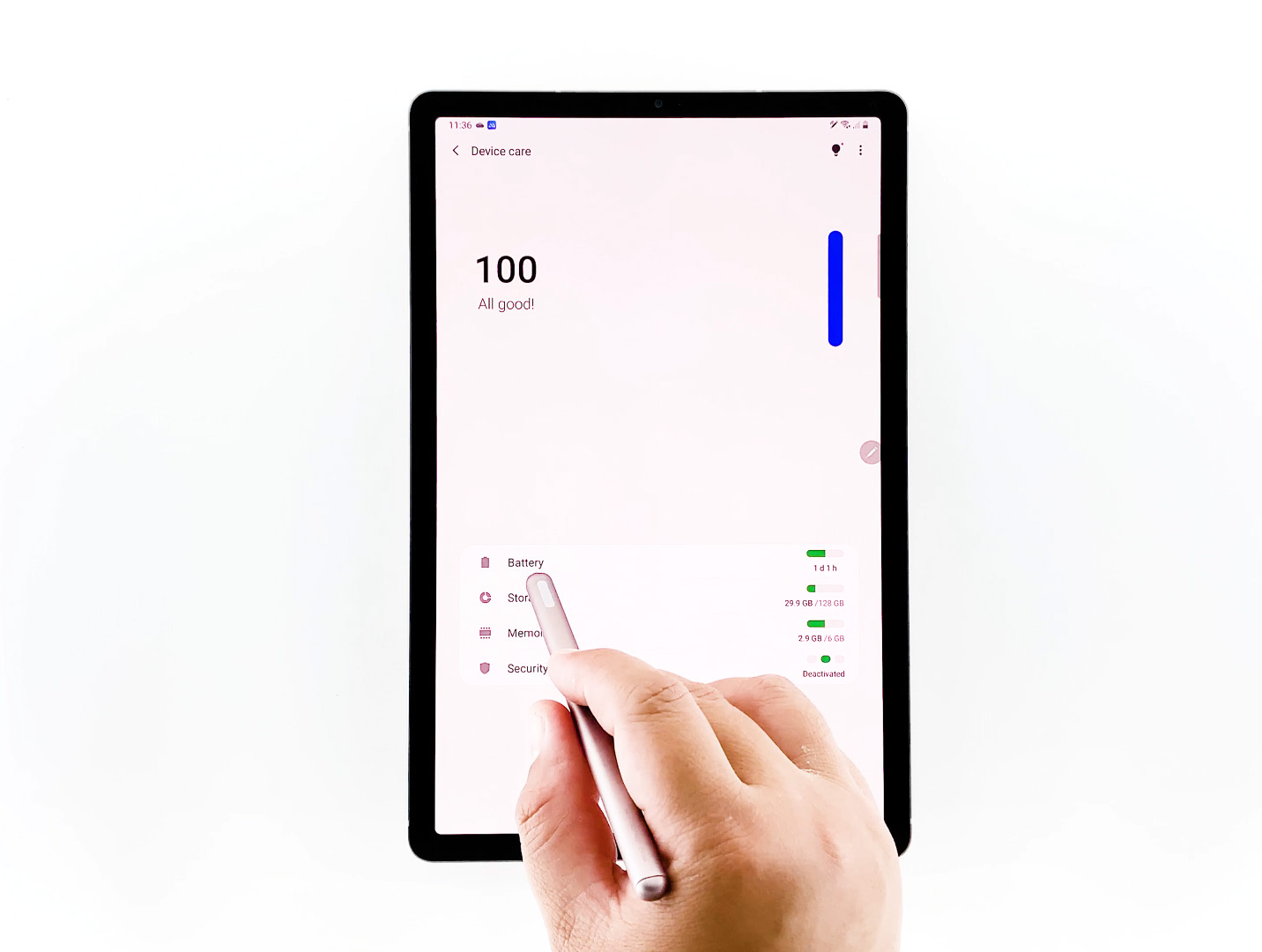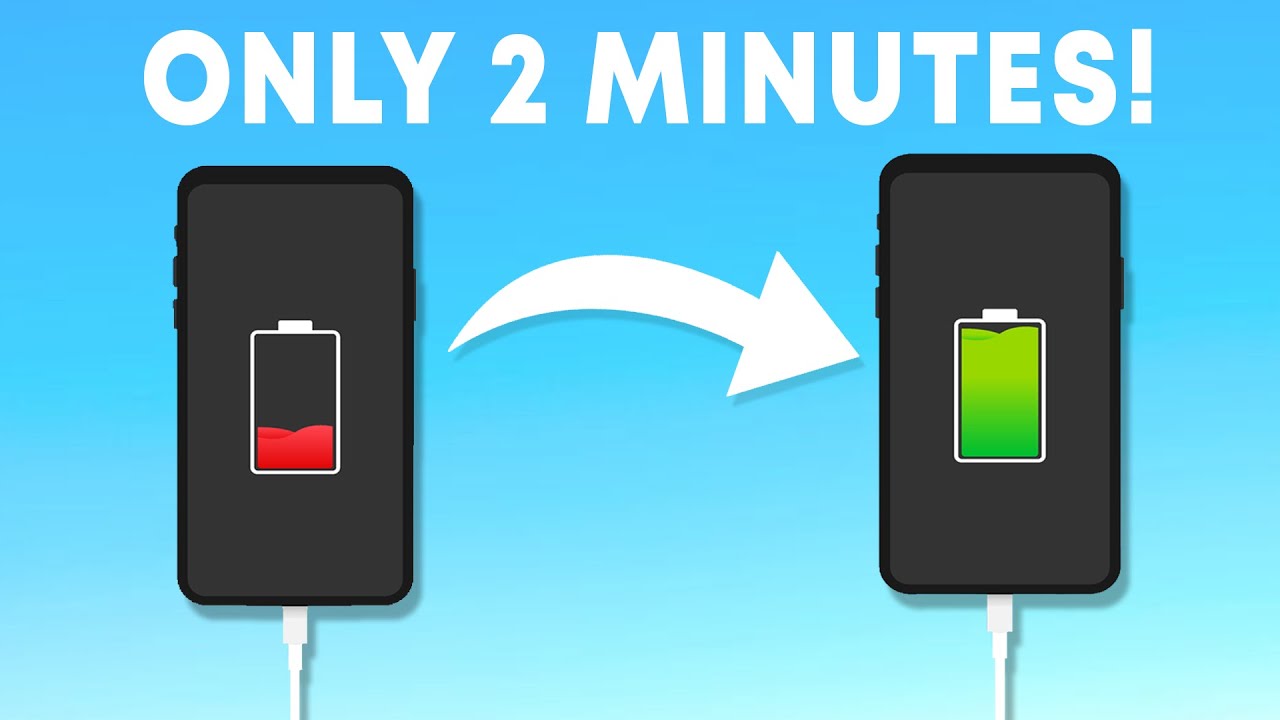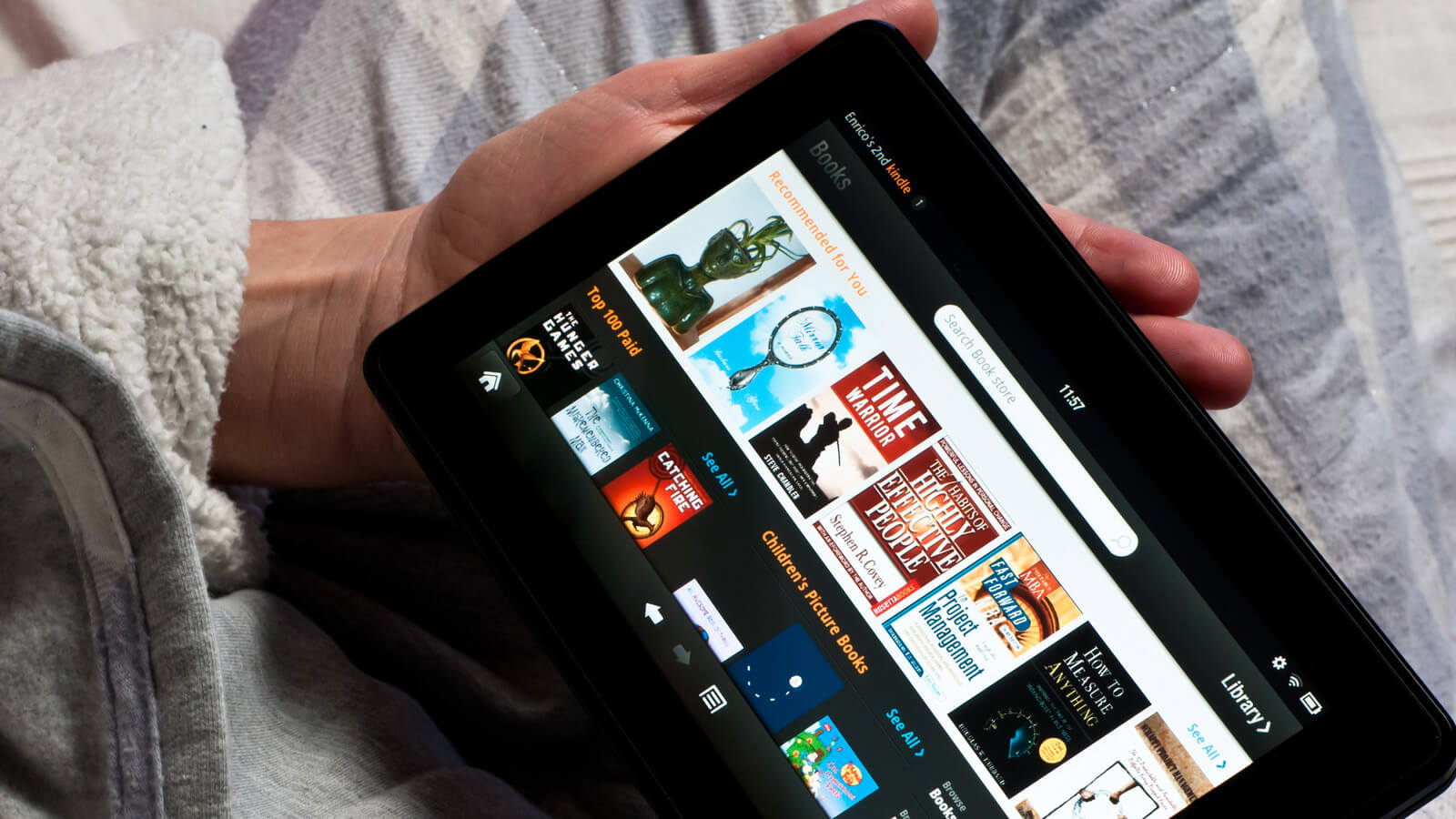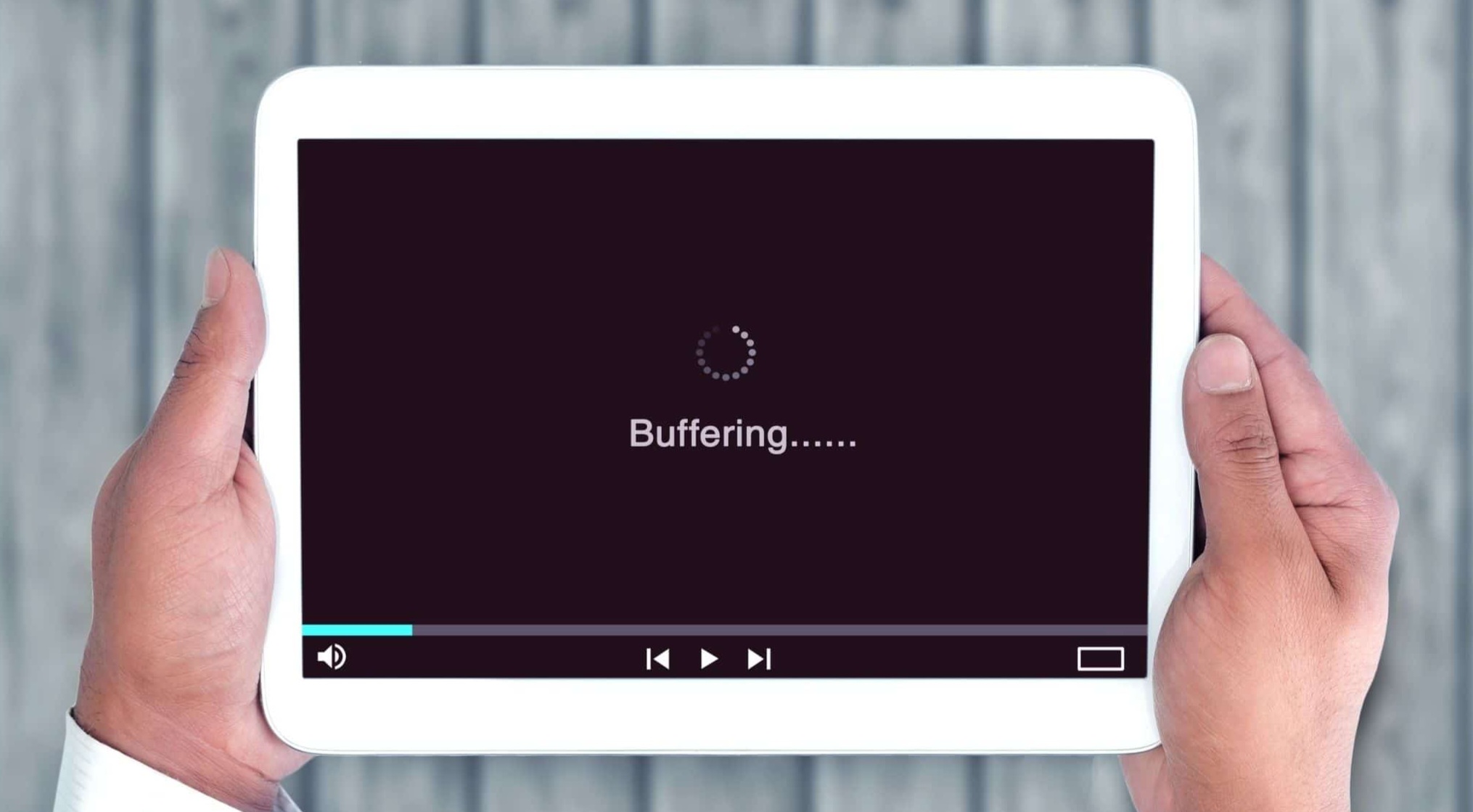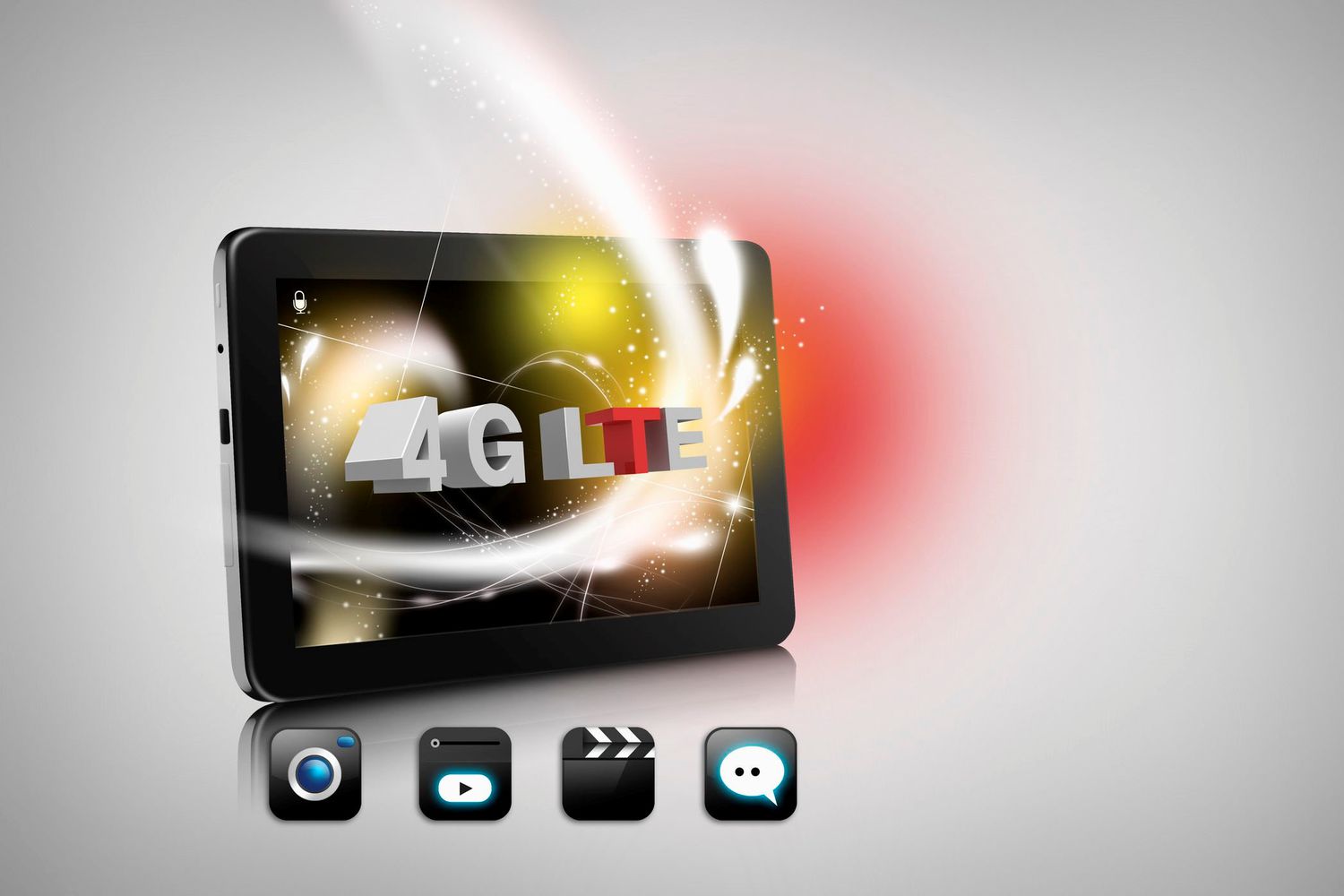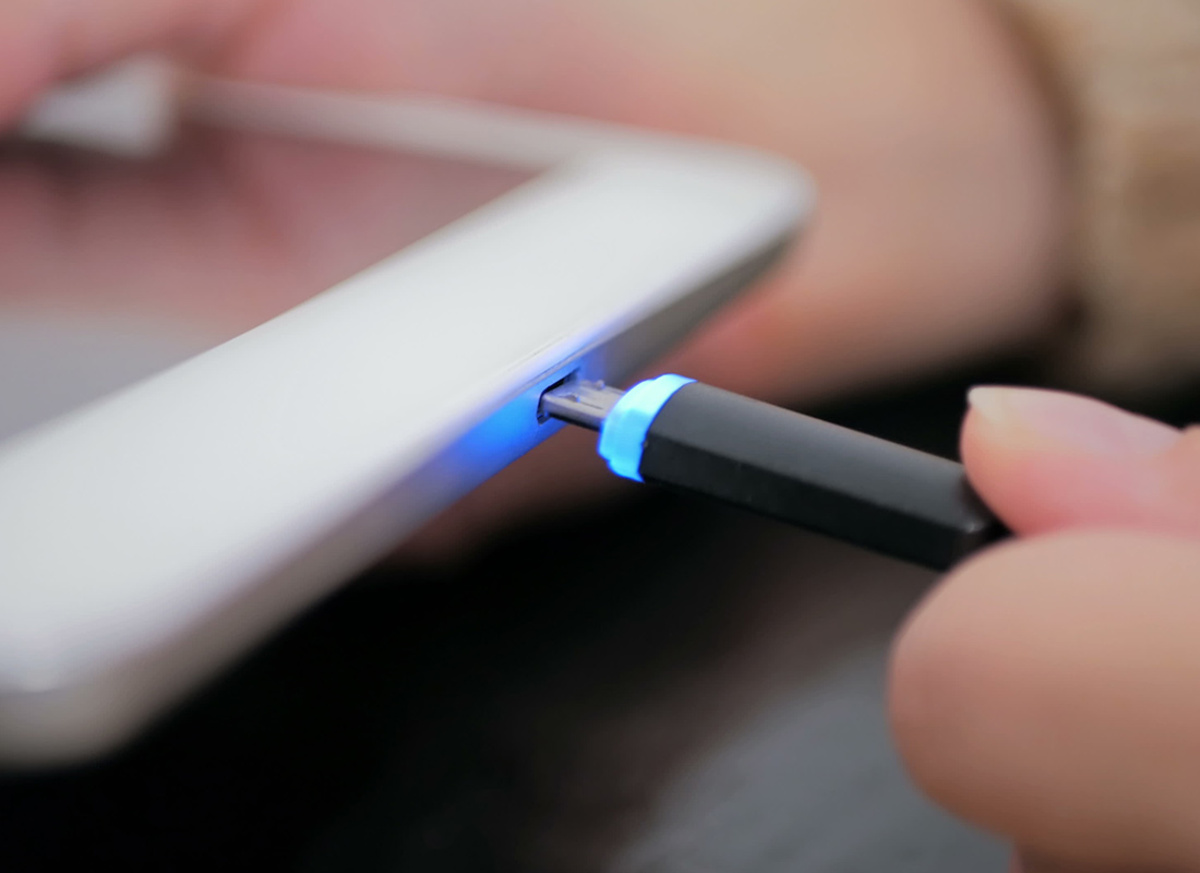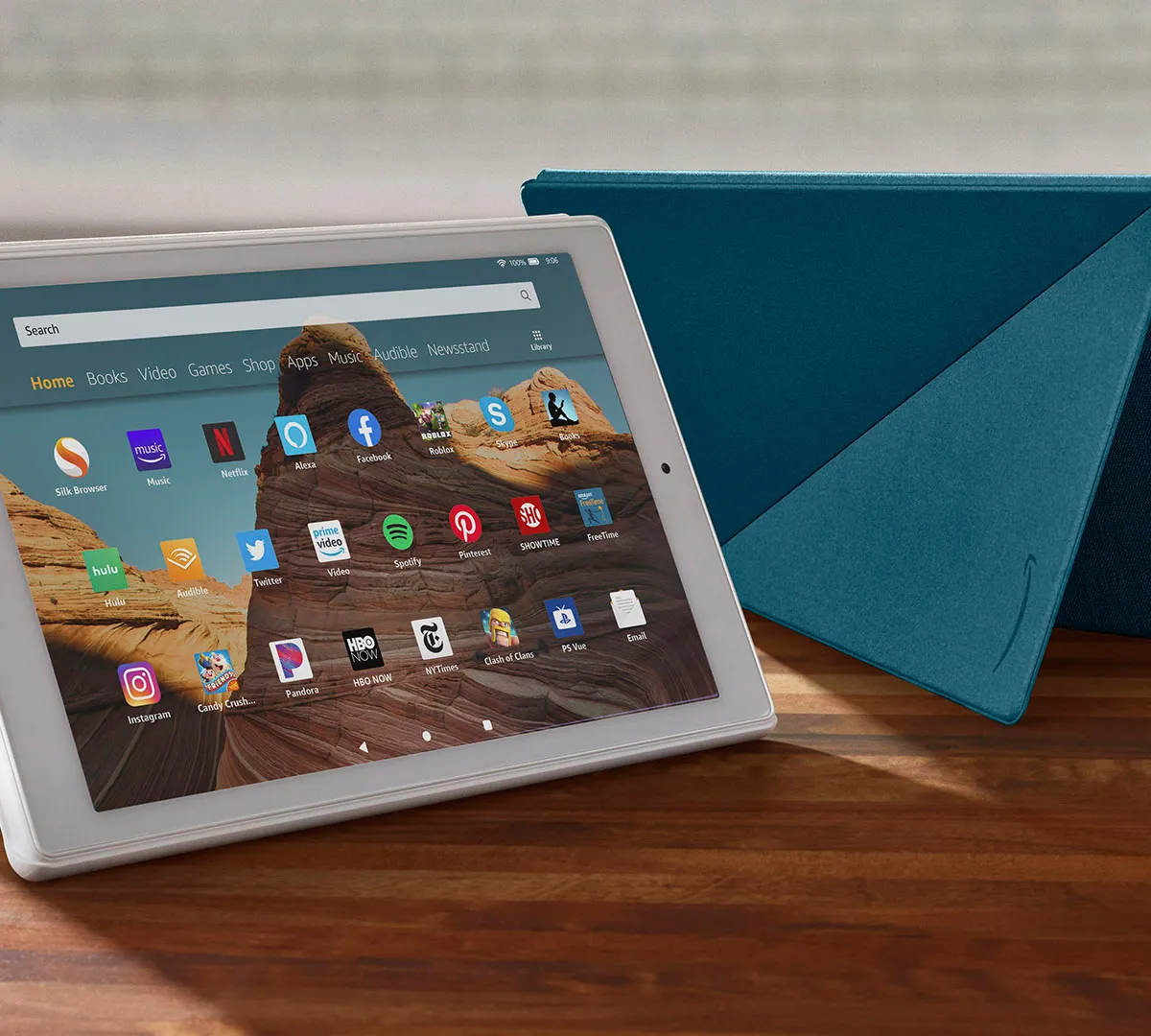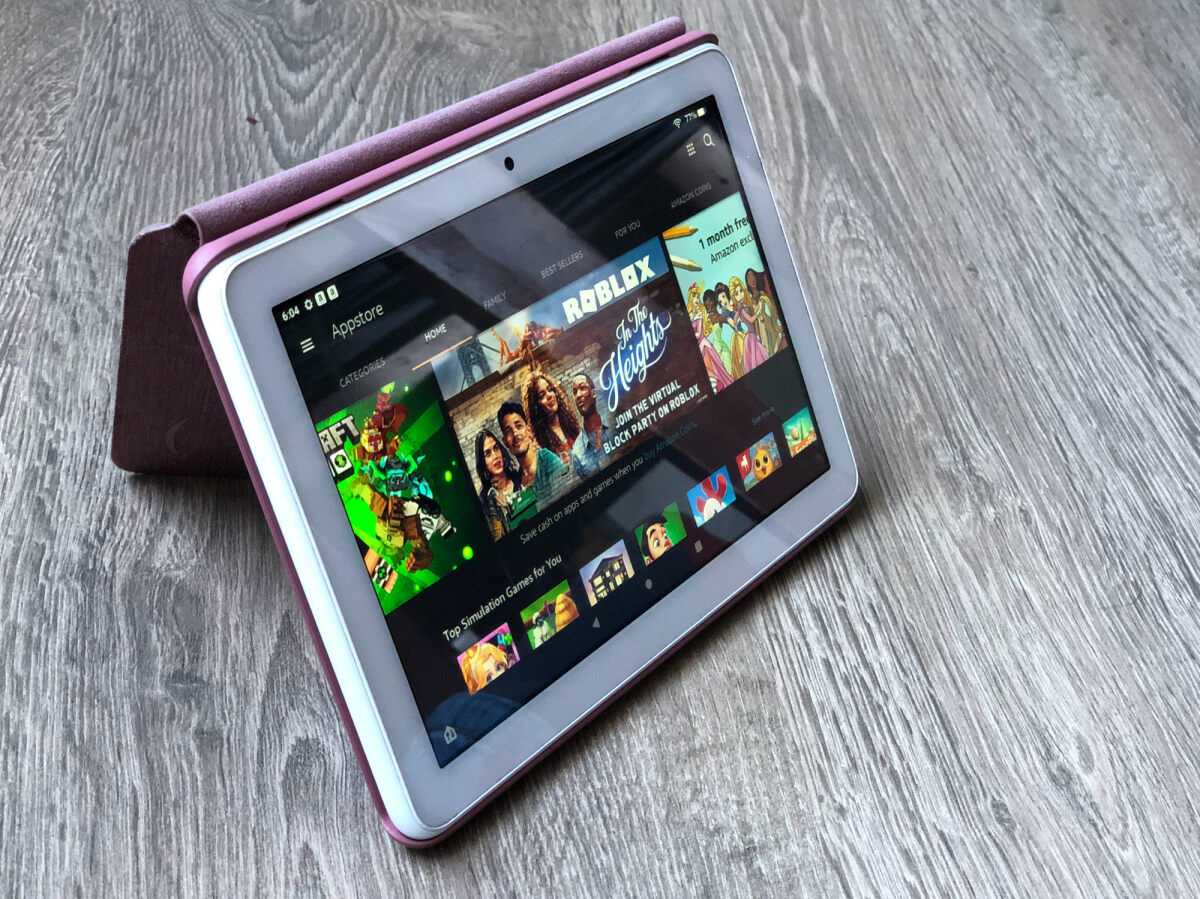Why is your tablet slow?
Is your tablet running slow and causing frustration? There could be several reasons behind this sluggish performance. Understanding these factors can help you pinpoint the issue and implement the necessary solutions to speed up your tablet. Here are some common causes of a slow tablet:
- Insufficient storage space: If your tablet’s storage is nearing its capacity, it can significantly impact its speed. The limited space can make it challenging for the device to run apps and perform tasks efficiently.
- Background apps and processes: Running multiple apps and processes simultaneously can consume valuable system resources and slow down your tablet. Even if you switch between apps, some may continue to run in the background, draining your tablet’s performance.
- Cached and temporary files: Over time, cached data and temporary files accumulate on your tablet, taking up valuable storage and slowing down operations. These files can include app data, browser cache, and other temporary files that are no longer needed.
- Unnecessary apps: Having too many apps installed on your tablet can overload its resources and impact performance. Some pre-installed or rarely used apps may continue to run in the background, consuming system resources without your knowledge.
- Animations and visual effects: While visually appealing, excessive animations and visual effects can also contribute to the sluggishness of your tablet. These graphical elements require processing power and can slow down your device, especially if it has limited resources.
By understanding these possible causes, you can now take the necessary steps to improve your tablet’s speed. In the following sections, we will discuss practical tips and solutions to address these issues and boost the performance of your tablet.
Free up storage space
Is your tablet constantly showing warnings about low storage space? This can significantly impact its performance and make it run slower. Here are some effective ways to free up storage space on your tablet:
- Manage app data: Go through your installed apps and check which ones are using a significant amount of storage. Some apps may accumulate a large cache, so clearing app data can free up valuable space.
- Delete unused apps: Uninstall apps that you no longer use. Some pre-installed apps may also be taking up space, so check which ones can be safely removed.
- Move files to external storage: If your tablet has a slot for an SD card or supports external storage, transfer photos, videos, and other large files to the external storage to free up internal storage space.
- Clear downloads folder: Check your tablet’s Downloads folder and remove any unnecessary files that you no longer need.
- Use cloud storage: Consider storing your files, such as photos and documents, on cloud storage services like Google Drive or Dropbox. This way, you can access them from anywhere and free up space on your tablet.
- Remove unused media: Review your collection of photos, videos, and music on your tablet. Delete any duplicates, blurry pictures, or old files that you no longer need.
- Clear cache and temporary files: Go to the Settings menu on your tablet and find the option to clear cache and temporary files. This will remove unnecessary system files that are taking up space.
By implementing these storage-saving techniques, you can create more space on your tablet and improve its overall performance. Remember to regularly review and manage your storage to prevent it from getting cluttered in the future.
Close unnecessary apps and background processes
One common reason for a slow tablet is having too many apps and processes running in the background. These apps consume valuable system resources and can significantly impact your tablet’s performance. Here are some tips to close unnecessary apps and background processes:
- Check running apps: Open the app switcher or multitasking view on your tablet to see which apps are currently running in the background. Swipe away or close any apps that are not actively being used.
- Disable auto-start: Some apps have an auto-start feature that causes them to run in the background automatically. Disable this feature for apps that you do not need to run constantly.
- Use the task manager: Many tablets have built-in task managers or system monitors that allow you to see which processes are running. Use these tools to identify unnecessary processes and close them.
- Disable background refresh: Some apps have a background refresh feature that allows them to update their content even when you are not using them. Disable this feature for apps that you do not need to stay up-to-date in the background.
- Restrict background data: Go to your tablet’s settings and look for the option to restrict background data usage. Enabling this feature will prevent apps from using data in the background, saving system resources.
- Use battery-saving modes: Many tablets offer battery-saving modes or power-saving settings. Activate these modes to optimize your tablet’s performance and close unnecessary apps and processes automatically.
- Limit app notifications: Some apps send constant notifications, consuming system resources. Go to your tablet’s notification settings and disable notifications for apps that are not important or frequently used.
By closing unnecessary apps and background processes, you can free up system resources and improve your tablet’s speed. Regularly check for apps running in the background and take action to close or restrict their activity to optimize performance.
Clear cache and temporary files
Over time, your tablet accumulates cache and temporary files from various apps and processes. These files can take up valuable storage space and slow down your device’s performance. Here’s how you can clear cache and temporary files to improve your tablet’s speed:
- App cache: Many apps store temporary data in their cache to help them load faster. However, this cache can grow over time and take up a significant amount of space. Go to your tablet’s app settings and clear the cache for individual apps or use the system settings to clear cache for all apps at once.
- Browser cache: When you browse the internet on your tablet, your browser stores data in its cache to help websites load faster. However, this cache can accumulate over time and affect your browsing experience. Clear your browser cache regularly through the browser settings.
- System cache: Your tablet also has a system cache that stores temporary files used by the operating system and various apps. To clear the system cache, access the recovery mode of your tablet and find the option to wipe cache partition. Note that the steps may vary depending on the tablet model, so make sure to follow the appropriate instructions.
- Downloaded files: Check your tablet’s Downloads folder and delete any files that you no longer need. This includes files such as images, documents, and APKs that you may have downloaded and forgotten about.
- Unnecessary files: Use a file manager app to scan your tablet’s internal storage and identify any unnecessary files or folders. Delete any obsolete or duplicate files to free up space.
By regularly clearing cache and temporary files, you can reclaim storage space and optimize your tablet’s performance. Set a reminder to perform this maintenance task periodically or consider using cleaning apps that can automate the process for you.
Disable or uninstall unnecessary apps
Your tablet may come pre-loaded with numerous apps that you may not need or use. These apps not only take up valuable storage space but can also run in the background, consuming system resources and slowing down your tablet. Here’s how you can disable or uninstall unnecessary apps:
- Pre-installed apps: Review the list of pre-installed apps on your tablet. Identify the ones that you rarely or never use. While you may not be able to uninstall them completely, you can disable them, preventing them from running and taking up resources.
- Unused apps: Go through the list of apps you have installed yourself. Identify any apps that you no longer use or rarely open. Uninstalling these apps will free up storage space and improve your tablet’s performance.
- Bloatware: Some tablets come with apps pre-installed by the manufacturer or service provider, known as bloatware. These apps may not be useful to you and can slow down your tablet. Check if your tablet allows you to uninstall or disable these apps.
- App alternatives: Look for lightweight or alternative apps that provide similar functionality to the ones you no longer use. These alternative apps are often designed to be less resource-intensive and can help improve your tablet’s speed.
- Auto-update settings: Review the settings for automatic app updates on your tablet. If you have enabled automatic updates for all apps, it can consume data and slow down your tablet’s performance. Consider disabling automatic updates or enabling them only for specific apps.
By disabling or uninstalling unnecessary apps, you can free up storage space and reduce the strain on your tablet’s system resources. Take the time to regularly evaluate the apps on your tablet and remove any that are no longer useful to optimize your tablet’s performance.
Disable animations and visual effects
Animations and visual effects can enhance the user experience on your tablet, but they also require processing power and can contribute to a slower device. By disabling or reducing these effects, you can improve the overall performance of your tablet. Here are some steps to disable animations and visual effects:
- Transition animations: On your tablet’s settings, look for the developer options if they are not visible by default. Within the developer options, locate the window animation scale, transition animation scale, and animator duration scale. Set these options to “None” or reduce them to a lower value to minimize or disable animation effects when transitioning between apps and screens.
- Live wallpapers: Live wallpapers consume system resources, including CPU and memory, as they continuously animate and render dynamic backgrounds. Consider using static wallpapers instead to reduce the strain on your tablet’s performance.
- Visual effects: Some tablets offer various visual effects, such as parallax scrolling or animated wallpapers, which can be visually appealing but can also impact performance. Disable these effects in your tablet’s settings to improve performance.
- Reduce screen animations: In addition to system-level animations, many apps and games have their own animations. Check the settings within individual apps and games to see if you can disable or reduce their animations to improve performance.
- Disable live animations: Some app icons or widgets have live animations or visual effects, such as bouncing or spinning icons. Disable these animations to reduce the strain on your tablet’s resources.
By disabling unnecessary animations and visual effects, you can help your tablet run more smoothly and respond faster to your interactions. Experiment with different settings to find the balance between visual appeal and performance that suits your preferences and enhances your tablet experience.
Update your tablet software
Keeping your tablet’s software up to date is crucial for optimal performance and security. Manufacturers regularly release software updates that include bug fixes, performance improvements, and new features. Here’s why and how you should update your tablet’s software:
- Performance improvements: Software updates often include optimizations that can enhance the overall performance of your tablet. These improvements can make your tablet run faster, smoother, and more efficiently.
- Bug fixes: Updates address known issues and bugs that may be affecting your tablet’s performance. By installing the latest software version, you can benefit from bug fixes that improve stability and resolve performance-related problems.
- Security enhancements: Software updates also address security vulnerabilities that may be present in older versions. By keeping your tablet’s software up to date, you ensure that you have the latest security patches to protect your device and personal information.
- New features and compatibility: Updates may introduce new features and functionalities to your tablet. These additions can improve your user experience and allow you to take advantage of the latest advancements in technology. Additionally, updating your tablet’s software ensures compatibility with new apps and services.
- Automatic updates: Most tablets have an option to automatically check for and install software updates. Make sure this feature is enabled in your tablet’s settings to ensure you don’t miss out on important updates. You can also manually check for updates by going to the software update section in your tablet’s settings menu.
- Stable internet connection: To download and install software updates, ensure that your tablet is connected to a stable and reliable internet connection. This will ensure a smooth and uninterrupted update process.
- Backup your data: Before installing a software update, it’s always a good practice to back up your important data, including photos, documents, and contacts. This ensures that even if something goes wrong during the update process, your data will remain safe.
Updating your tablet’s software not only improves its performance but also ensures you have the latest security features and compatibility with new apps. Make it a habit to regularly check for software updates and keep your tablet up to date to enjoy the best performance and functionality it has to offer.
Perform a factory reset
If your tablet’s performance issues persist and other troubleshooting methods have not yielded significant improvements, performing a factory reset can be a viable solution. A factory reset restores your tablet back to its original state, erasing all data and settings. Here’s what you need to know about performing a factory reset:
- Backup your data: Before initiating a factory reset, it’s crucial to back up any important data or files on your tablet. This ensures that you don’t lose any valuable information during the reset process.
- Access the reset option: The location of the factory reset option may vary depending on your tablet’s make and model. Typically, you can find it in the Settings menu under the “Backup & Reset” or “System” section. Look for options such as “Reset,” “Factory data reset,” or “Erase all data.”
- Confirm the reset: Before proceeding with the factory reset, your tablet will display a warning about erasing all data. Read the warning carefully and make sure you understand the consequences. Confirm the reset and proceed with the process.
- Wait for the reset: The factory reset process may take some time, during which your tablet will erase all data and restore the original system settings. Your tablet may reboot several times during this process. Be patient and avoid interrupting the reset.
- Set up your tablet: Once the factory reset is complete, your tablet will boot up as if it were brand new. Follow the on-screen instructions to set up your tablet, including connecting to Wi-Fi, signing in to your account, and configuring initial settings.
- Reinstall necessary apps: After performing a factory reset, you will need to reinstall your apps from scratch. You can reinstall apps from the Play Store or the App Store, depending on your tablet’s operating system.
- Restore your data: Use the backup you created earlier to restore your data onto your tablet. This may include contacts, photos, documents, and other files. Take this opportunity to organize and prioritize the data you restore to avoid clutter.
A factory reset should be done as a last resort when all other troubleshooting methods have failed to resolve performance issues. It provides a fresh start for your tablet and can help eliminate any software-related problems that may be causing sluggishness. Remember to back up your data and be aware that a factory reset will erase everything on your tablet.
Use lightweight alternative apps
If your tablet is experiencing slow performance due to resource-intensive apps, consider using lightweight alternative apps that can provide similar functionality without putting a strain on your device. These lightweight apps are designed to consume fewer system resources and optimize performance. Here’s how you can benefit from using lightweight alternative apps:
- Search for lightweight versions: Many popular apps have lightweight versions specifically developed for devices with limited resources. Look for these “lite” versions in app stores, as they usually offer a simplified interface and consume less storage and processing power.
- Use web-based apps: For certain tasks, such as editing documents or accessing social media, consider using web-based apps or accessing the mobile versions of websites directly. These apps run in your tablet’s browser, reducing the need to install resource-heavy native apps.
- Evaluate app performance: If you notice that certain apps are causing your tablet to slow down, explore alternative apps that are known for their lightweight nature. Read user reviews, check app sizes, and consider the app’s reputation for efficiency and performance.
- Opt for specialized apps: Some specialized lightweight apps focus on delivering specific functionalities without the unnecessary bloat found in full-featured apps. For example, there are lightweight photo editors, file managers, and web browsers available that can fulfill your needs without compromising performance.
- Consider offline functionality: Some lightweight apps can also function offline, reducing the need for constant internet connectivity. These apps are designed to store data locally and minimize data usage, which can be beneficial for tablets with limited storage or inconsistent internet connections.
- Regularly update apps: Keep your lightweight alternative apps up to date to ensure you have the latest bug fixes, security patches, and performance optimizations. App developers often release updates to enhance the app’s performance and stability.
- Uninstall unused apps: Remove any apps that you no longer use or need, as they can still consume system resources. Regularly review your installed apps and uninstall those that are no longer essential or effective.
By using lightweight alternative apps, you can optimize your tablet’s performance while still enjoying the core functionalities you need. Experiment with different apps and find the ones that strike the right balance between functionality and resource usage for your tablet.
Use a faster internet connection
If your tablet’s performance is affected by slow internet speeds, improving your internet connection can significantly enhance your device’s overall speed and responsiveness. Here are some tips to ensure you have a faster internet connection on your tablet:
- Connect to a Wi-Fi network: If available, connect your tablet to a reliable Wi-Fi network. Wi-Fi connections often provide faster and more stable internet speeds compared to cellular data connections.
- Position closer to the router: If you’re using a Wi-Fi network, ensure that you’re within range of the router. Being closer to the router can provide a stronger and more stable signal, resulting in improved internet speeds.
- Reduce network congestion: In crowded environments with many devices connected to the same Wi-Fi network, internet speeds can be affected. Avoid using your tablet in areas with high network congestion or during peak usage times.
- Upgrade your internet plan: Consider upgrading your internet plan with your service provider to a higher speed tier. Faster internet plans can offer better download and upload speeds, resulting in improved performance on your tablet.
- Check for network interference: Interference from other electronic devices, walls, or other structural elements can weaken your Wi-Fi signal. Ensure that there are no physical barriers or sources of interference between your tablet and the Wi-Fi router.
- Reset your network settings: If you’re experiencing persistent connection issues or slow speeds, resetting your network settings can help. This will clear any outdated or misconfigured network settings on your tablet and establish a fresh connection.
- Switch to a mobile data connection: If you’re experiencing slow Wi-Fi speeds, consider switching to a mobile data connection if available. Depending on your cellular plan and coverage, mobile data connections can sometimes offer better speeds than Wi-Fi.
- Update your router’s firmware: Routinely check for firmware updates for your Wi-Fi router and ensure that you have installed the latest version. Router firmware updates can address performance issues and improve the overall stability and speed of your internet connection.
- Invest in a Wi-Fi range extender: If you’re consistently experiencing weak Wi-Fi signal in certain areas of your home or office, consider using a Wi-Fi range extender to amplify and extend your Wi-Fi coverage. This can help eliminate dead zones and provide a stronger signal to your tablet.
By optimizing your internet connection, you can experience faster download and upload speeds, smooth browsing, and improved performance on your tablet. Implementing these tips can help ensure that your tablet is utilizing the best possible connection available for an optimal user experience.
Manage widgets and live wallpapers
Widgets and live wallpapers can provide additional functionality and visual appeal to your tablet’s home screen. However, having too many widgets or using live wallpapers can impact your device’s performance and cause it to run slower. Here’s how you can effectively manage widgets and live wallpapers to optimize your tablet’s performance:
- Assess widget usage: Evaluate the widgets you have on your home screen and determine if you truly need them. Widgets update in real-time and often require internet access, which can consume resources and affect your tablet’s speed. Remove any unnecessary widgets to free up system resources.
- Limit the number of widgets: Having too many widgets on your home screen can clutter the interface and consume valuable resources. Consider having only essential widgets that you frequently use and remove any widgets that provide little value or are rarely accessed.
- Use static wallpapers: Live wallpapers, while visually appealing, can drain your tablet’s battery and use up processing power. Switching to a static wallpaper can conserve resources and allow your tablet to allocate more power towards essential tasks.
- Disable auto-updating widgets: Some widgets regularly update their content in the background, which can impact performance. Check the settings of each widget and disable auto-updating if possible. This will prevent the continuous background activity and improve your tablet’s speed.
- Opt for lightweight widgets: If you still want to use widgets, opt for lightweight alternatives. Some widgets are more resource-intensive than others. Look for alternatives that offer similar functionality but with lower resource usage.
- Organize your home screens: Arrange your home screens in a clean and organized manner. This will make it easier to navigate and find apps without having to rely heavily on widgets. Consider creating folders to group similar apps together, reducing the need for multiple widgets.
- Regularly review and update: Periodically review your home screens and assess if any widgets are no longer necessary. Uninstall unused or unnecessary apps that have associated widgets, which will help enhance your tablet’s performance.
By managing widgets and live wallpapers, you can declutter your home screen and optimize your tablet’s performance. Experiment with different configurations and assess which widgets are truly essential to strike a balance between functionality and performance on your tablet.
Limit or disable automatic syncing
Automatic syncing is a convenient feature that keeps your tablet updated with the latest data from various accounts and services. However, constant syncing can consume system resources, drain your tablet’s battery, and slow down its performance. Here’s how you can effectively limit or disable automatic syncing to optimize your tablet:
- Assess your syncing needs: Evaluate which accounts and services require automatic syncing and prioritize them based on their importance. For example, email and calendar syncing may be essential, while syncing social media updates may be less critical.
- Disable unnecessary syncing: Go to your tablet’s settings and review the accounts and services that are set to sync automatically. Disable automatic syncing for accounts or services that you don’t need to stay constantly updated in the background.
- Adjust sync frequency: For accounts that you still want to keep in sync, consider adjusting the sync frequency. Increase the intervals between syncs to reduce the constant background activity and give your tablet more breathing room.
- Manually sync when needed: Instead of relying on automatic syncing, manually sync your accounts at specific times when you actually need to access the updated data. This allows you to have more control over the syncing process and can help improve performance.
- Disable app-specific syncing: Some apps have their own syncing options, separate from the device’s general syncing settings. Review each app’s individual settings and disable unnecessary syncing features to conserve resources.
- Use battery-saving modes: Take advantage of your tablet’s battery-saving modes or power-saving settings. These modes often include features that limit background syncing to preserve battery life and optimize performance.
- Disable cloud backup syncing: Cloud backup services, while valuable for data security, can consume significant resources during automatic backups. Consider adjusting the backup frequency or manually initiating backups to reduce the impact on your tablet’s performance.
- Turn off push notifications: Some apps use push notifications to instantly deliver real-time updates. However, constant push notifications can trigger syncing activities and impact performance. Disable push notifications for non-essential apps or adjust the notification settings to limit their frequency.
By limiting or disabling automatic syncing, you can reduce the constant background activity on your tablet, resulting in improved performance and extended battery life. Tailor the syncing settings according to your needs and preferences, striking a balance between staying updated and optimizing your tablet’s overall performance.
Disable unnecessary notifications
Notifications are convenient for staying informed, but an excessive number of notifications can be overwhelming and impact your tablet’s performance. Disabling unnecessary notifications can help reduce distractions, conserve system resources, and improve your tablet’s overall speed. Here’s how you can effectively manage and disable notifications on your tablet:
- Assess app notifications: Review the notifications you receive from different apps on your tablet. Identify apps that may be sending unnecessary or frequent notifications that do not add value to your day-to-day activities.
- Adjust app notification settings: Access the settings of each app on your tablet and customize the notification preferences. Disable notifications for apps that are not critical or do not require real-time updates.
- Disable lock screen notifications: Lock screen notifications can be convenient, but they consume system resources and can be a privacy concern. Adjust your tablet’s settings to disable lock screen notifications for non-essential apps.
- Group notifications: Many tablets offer options to group notifications by app or category, reducing the clutter in your notification shade. Configure your tablet’s settings to group notifications and avoid the constant barrage of individual notifications.
- Turn off sound and vibration: Silence notifications by disabling sound and vibration for unimportant or non-essential apps. This can help minimize distractions and free up system resources.
- Set notification priority: Prioritize the notifications that truly require your immediate attention. Set higher priority levels for critical apps and keep lower priority for less important ones.
- Review system notifications: Aside from app notifications, system notifications can also contribute to a cluttered notification shade. Customize the system notification preferences, disabling notifications that are not necessary or relevant to you.
- Manage email and messaging notifications: Email and messaging apps can generate a high volume of notifications. Review the settings for these apps and adjust the notification preferences to reduce the frequency or disable notifications when they are not needed.
By disabling unnecessary notifications, you can create a more focused and streamlined experience on your tablet. Take the time to customize and prioritize your notification settings, allowing only essential notifications to come through and reducing distractions that can slow down your tablet’s performance.
Adjust screen brightness and timeout
The screen brightness and timeout settings on your tablet can significantly impact its performance and battery life. Adjusting these settings can help optimize your tablet’s power usage and improve its overall speed. Here’s how you can effectively manage screen brightness and timeout on your tablet:
- Lower screen brightness: Reducing the screen brightness can conserve battery power and improve performance. Adjust the brightness level to a comfortable yet lower setting that still allows you to view the content clearly.
- Enable adaptive brightness: Some tablets offer adaptive brightness settings, which automatically adjust the screen brightness based on ambient lighting conditions. Enable this feature so that your tablet adjusts the brightness in real-time, optimizing it for the current environment.
- Use auto-brightness conservatively: If you prefer manual control over screen brightness, use auto-brightness sparingly. Auto-brightness can sometimes be overly sensitive and unnecessarily increase or decrease the brightness level, affecting readability and performance.
- Reduce screen timeout: Set a shorter screen timeout period so that your tablet’s display turns off quickly when idle. This will help conserve battery power and prevent unnecessary drain when not actively using the device.
- Avoid live wallpapers: Live wallpapers can add an aesthetic touch to your tablet, but they often require more power and processing resources. Switch to static wallpapers to improve performance and reduce battery consumption.
- Manually adjust brightness in dark environments: In low-light conditions or when using your tablet in the dark, manually decrease the screen brightness to the lowest comfortable level. This will minimize eye strain and further save battery life.
- Use battery-saving modes: Activate your tablet’s battery-saving modes or power-saving features. These modes typically adjust screen brightness, screen timeout, and other settings to maximize battery life and improve performance.
- Customize display settings: Some tablets offer additional options to customize display settings. Explore the settings menu and adjust options such as color calibration, screen saturation, or screen mode to enhance visual performance without sacrificing too much battery power.
By optimizing screen brightness and timeout settings, you can extend your tablet’s battery life and improve its overall performance. Experiment with different settings to find the right balance between display visibility and battery efficiency that suits your usage patterns and preferences.
Keep your tablet up to date with regular maintenance
Regular maintenance is essential to ensure that your tablet continues to perform optimally over time. By keeping your tablet up to date and performing routine maintenance tasks, you can enhance its speed, stability, and overall efficiency. Here are some key maintenance practices to follow:
- Install system updates: Keep your tablet’s operating system up to date by installing the latest system updates. System updates often include bug fixes, performance enhancements, and security patches that can improve your tablet’s performance and protect it from vulnerabilities.
- Update apps: Regularly update your installed apps to benefit from bug fixes, improved performance, and new features. Outdated apps may have compatibility issues or security vulnerabilities that can impact your tablet’s performance. You can enable automatic app updates or manually update them through the app store.
- Clear cache and temporary files: Over time, cache and temporary files can accumulate on your tablet, taking up valuable storage space and potentially slowing down your device. Use the built-in storage management tools or third-party apps to clear cache and temporary files on a regular basis.
- Remove unused apps and data: Uninstall apps that you no longer use or need. Additionally, regularly clean up unnecessary files and media, such as duplicate photos, unused documents, or outdated downloads. Freeing up storage space can improve your tablet’s performance and organization.
- Scan for malware: Use a reputable antivirus or anti-malware app to scan your tablet for any potential threats. Malware can slow down your tablet and compromise your personal information. Routinely scanning for malware can help maintain a secure and efficient tablet.
- Manage background apps: Keep an eye on apps running in the background and limit them to essential ones. Background apps consume system resources and can impact performance. Close or disable any unnecessary background apps to free up resources for the tasks you’re actively using.
- Restart your tablet regularly: Restarting your tablet periodically can help refresh its system and clear out any temporary glitches or processes that may be affecting performance. It’s a simple but effective way to keep your tablet running smoothly.
- Organize and optimize your home screen: Declutter your home screen by removing unnecessary widgets, shortcuts, and icons. An organized home screen can improve navigation and reduce visual distractions, contributing to a better tablet experience.
- Monitor storage usage: Regularly check your tablet’s storage usage to identify any apps or files that are taking up excessive space. Remove or transfer them to external storage to free up storage capacity for improved performance.
- Manage battery usage: Optimize your tablet’s battery usage to ensure better performance. Adjust battery settings, including display brightness, screen timeout, and background app activities, to conserve energy and extend battery life.
By implementing these regular maintenance practices, you can preserve the performance and longevity of your tablet. It’s important to establish a routine and make maintenance tasks part of your tablet usage habits to ensure a smooth and efficient user experience.









